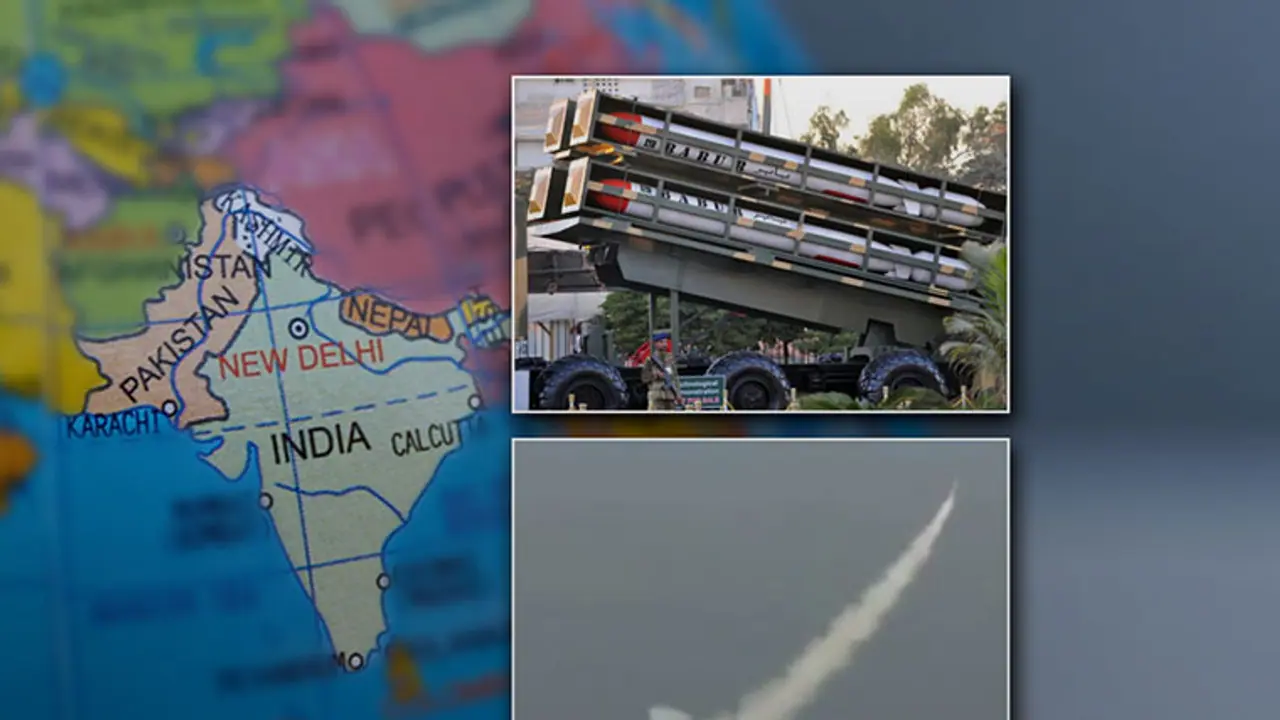Pakistan has successfully test-fired its first submarine-launched cruise missile. The weapon takes Islamabad a step closer to a full ‘triad’ of nuclear weapons capabilities. The development will strain the Indian Navy’s already limited anti-submarine capabilities.
On January 9, Pakistan took one step closer to entering an elite club that has only three confirmed members (the U.S., Russia and China) and two suspected members (Israel and India). All these countries operate a nuclear “triad” — they have the ability to launch nuclear weapons from land, air and submarines.

Pakistan’s test of the Babur-3 cruise missile from a submarine in the Indian Ocean adds an entirely new dimension to the India-Pakistan rivalry. The addition of even a limited, credible nuclear strike capability from submarines opens new avenues for strategic leverage that Pakistan would otherwise not get, given that India is building nuclear-powered submarines that can launch nuclear-tipped ballistic missiles. So, why is the Babur-3 a credible threat?
It optimises Pakistan’s existing resources: Unlike India’s K-15 and K-4 missiles, which are ballistic missiles, the Babur-3 is a cruise missile. In layman’s terms, a cruise missile is essentially an unmanned jet aircraft that flies in the atmosphere, while ballistic missiles spend part of their trajectory in space. A ballistic missile, given its extreme speed on reentry is very difficult to shoot down. But it is a significantly larger weapon, which requires special launch tubes on submarines. Cruise missiles, such as the Babur-3, can be launched from a submarine’s existing torpedo tubes with minimal modifications, minimising costs for the Pakistani Navy.
It gives Pakistan greater strategic depth: While Pakistan is unlikely to get nuclear-powered submarines, which have practically unlimited endurance, it continues to invest in developing its fleet of conventional submarines. Pakistan’s existing fleet of three French-designed Agosta-90B submarines and its proposed purchase of eight vessels from China have “air-independent” propulsion systems, which are power plants that use liquid oxygen, fuel cells and other materials, to increase underwater endurance, without the need for air. The Babur-3 will effectively turn these submarines into a poor man’s nuclear submarines as most major Indian coastal cities will be within their range.
It gives Pakistan more conventional strike options: In addition to its role as a possible nuclear weapon carrier, the Babur-3, even in limited numbers, can be used to strike vital coastal targets with conventional warheads. This would be put naval and energy facilities in Kochi, Karwar, Mumbai, Mumbai High and as far as Vizag within Pakistan’s range. A conventional strike capability is imperative given the likely short duration of any future Indo-Pak conflict before international intervention begins. Given their flight profiles, cruise missiles are harder to detect and are unlikely to be mistaken for a nuclear-tipped weapon, which is not the case with larger ballistic missiles.
The Babur-3’s unveiling and the resultant panic in India’s strategic community provides an opportunity to reflect on the slothful pace of modernisation of India’s anti-submarine warfare (ASW) capabilities. India floated a tender for the acquisition of multirole naval helicopters nearly a decade ago; while the U.S. S-70B has been selected, no contract has yet been signed given issues over pricing and protests from rival bidders. A contract for towed array sonars, which provide extended detection capabilities for surface ships, has also proceeded slowly, with several major ships being inducted without being fitted with the system.
